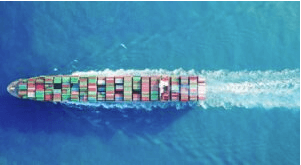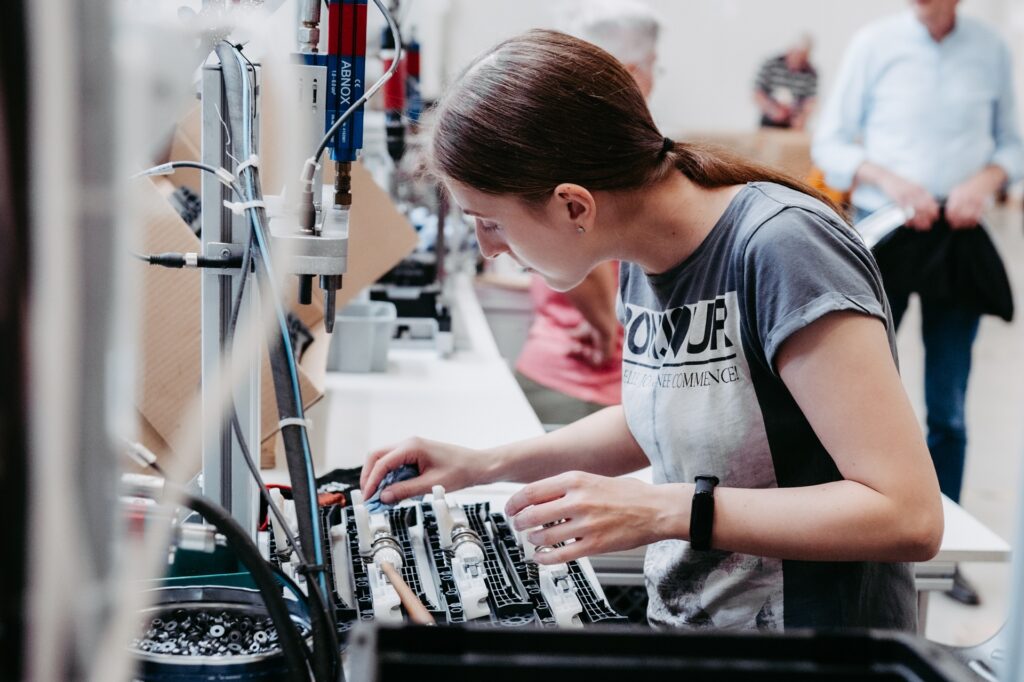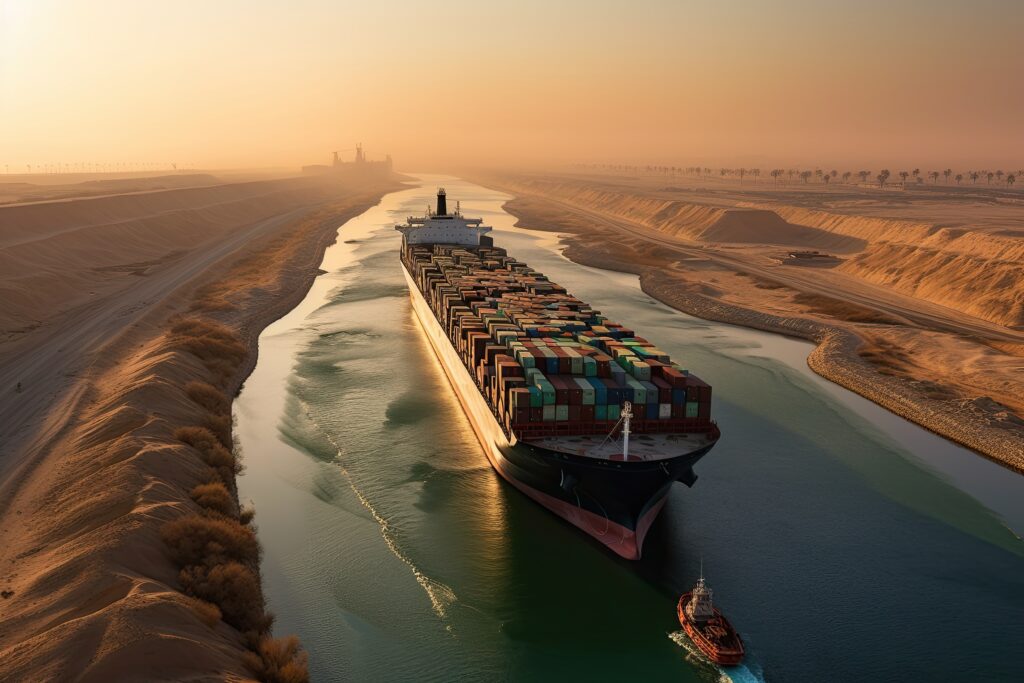Container shipping sets course for digitalization
While digitalization has changed the business world already a long time ago for other industries, many processes in container shipping are still carried out manually. The first few companies have now started to change that.
Long waiting times when processing their requests is daily business for customers of sea container shipping: It takes an average of 90 hours for freight forwarders to quote transport requests for freight shipping.
That makes comparison of different freight forwarders and their freight rates more complicated. The pricing difference of container shipment offered for the exact same requests goes up to 35 percent. And it doesn’t get any clearer once the containers have been loaded: Automated updates about the containers current whereabouts or a general status of the freight delivery by the freight forwarders? Not a chance.
Inefficient processes are boosting the costs
The ponderous are often manually done processes within the order acquisition and the loading and container deliveries are a problem for freight forwarders for several reasons. First, potential customers cannot take note of their offers for freight transport. Second, also within the company the processes of shipping containers are inefficient and cause a high work capacity for freight forwarders. For example, it takes an average of more than 15 emails between customer and supplier until the current whereabouts of a container are cleared up or an error of the freight delivery is fixed.
That’s not only annoying for the customer, it also boosts the freight transportation costs and minimizes the profit margin for freight forwarders in view of the high competition within the container shipping trade.
Digitalization of container trade is still in its infancy
Many processes, from the inquiry stage through the container transportation and the freight tracking, could definitely be automated. FreightHub demonstrates what the first steps of the digitalization of container shipping trade could look like for freight forwarders: Besides online quoting and real-time tracking, the platform allows to manage all relevant data and documents concerning the container transport in one place. By making container shipping requests easier it is also possible to choose routes by criteria such as speed, price or sustainability depending on the profile and requirements of the customers and their freight. At the beginning of the year, the federal government agreed on a funding program for new port technology – such as the digitalization of container handling and the automatic control of port cranes for the freight loading – of 20 million euro for the year 2016. Digitalization is only moving slowly in the incumbents and traditional structures of the industry, nevertheless new tech companies like FreightHub are challenging the status quo by trying to provide a better user experience to customers in the market








